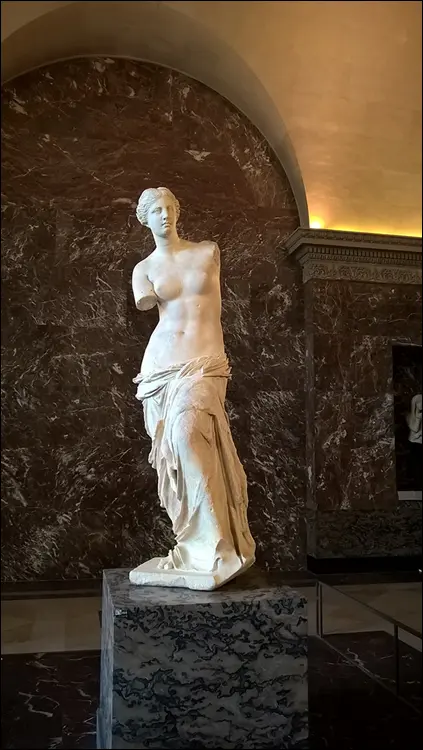FIGURE 7-13: Nike of Samothrace and Laocoön and His Sons radiate the energy and realism of Hellenistic sculptures.
Hellenistic sculptors also probed the depths of human suffering for the first time in the history of art. The agony of death was never before so vividly portrayed as it is in these two works:
The Dying Trumpeter, carved in the third century BC in Pergamon (in modern-day Turkey), is a moving depiction of an enemy Celt warrior wounded in a battle with the Greeks who colonized Asia Minor. The statue is carved in a way that enables the viewer to feel the death pains that the man faces with quiet dignity.
Laocoön and His Sons (on the right in Figure 7-13) is a Hellenistic sculpture from Rhodes, which may have been carved by three sculptors — Agesander, Athenodoros, and Polydoros — all highly skilled copyists. Laocoön and His Sons captures the mythical life-and-death struggle between a father, his boys, and two vicious sea serpents. Laocoön was punished by the goddess Athena for trying to expose the Trojan Horse as a fraud to the Trojans, who viewed it as a gift and sign that the Greeks had quit their siege of Troy. This first-century BC statue was discovered in 1506 in the ruins of the Emperor Nero’s famed “Golden House” in Rome. Actually the Trojan Horse concealed a squad of Greek kings waiting to pounce on the Trojans when they dragged the giant wooden horse into their unsuspecting city.
Honoring the classical in a new world
Part of the intense expressiveness you see in The Dying Trumpeter and Laocoön and His Sons was no doubt due to the assimilation of so many foreign cultures, and part of it to a new worldview. The self-confidence of classical Greece had proved to be self-delusion. Life was gritty and unpredictable, not serene, changeless, and otherworldly.
But the serene beauty of Greek classicism didn’t fade away completely. The Venus de Milo (or Venus of Melos ), shown in Figure 7-14, is a throwback to fourth-century Athens, though it was carved between 150 and 125 BC. With her unflappable calm, Venus could have been sculpted by Praxiteles. The fact that her clothes seem to be slipping off enhances the goddess’s potent sexuality. Yet her musing gaze takes the viewer beyond her sensuality to a place of timeless beauty and mystery.

Gloria Wilder
FIGURE 7-14: Venus de Milo is one of the most celebrated Hellenistic statues.
Конец ознакомительного фрагмента.
Текст предоставлен ООО «ЛитРес».
Прочитайте эту книгу целиком, купив полную легальную версию на ЛитРес.
Безопасно оплатить книгу можно банковской картой Visa, MasterCard, Maestro, со счета мобильного телефона, с платежного терминала, в салоне МТС или Связной, через PayPal, WebMoney, Яндекс.Деньги, QIWI Кошелек, бонусными картами или другим удобным Вам способом.













